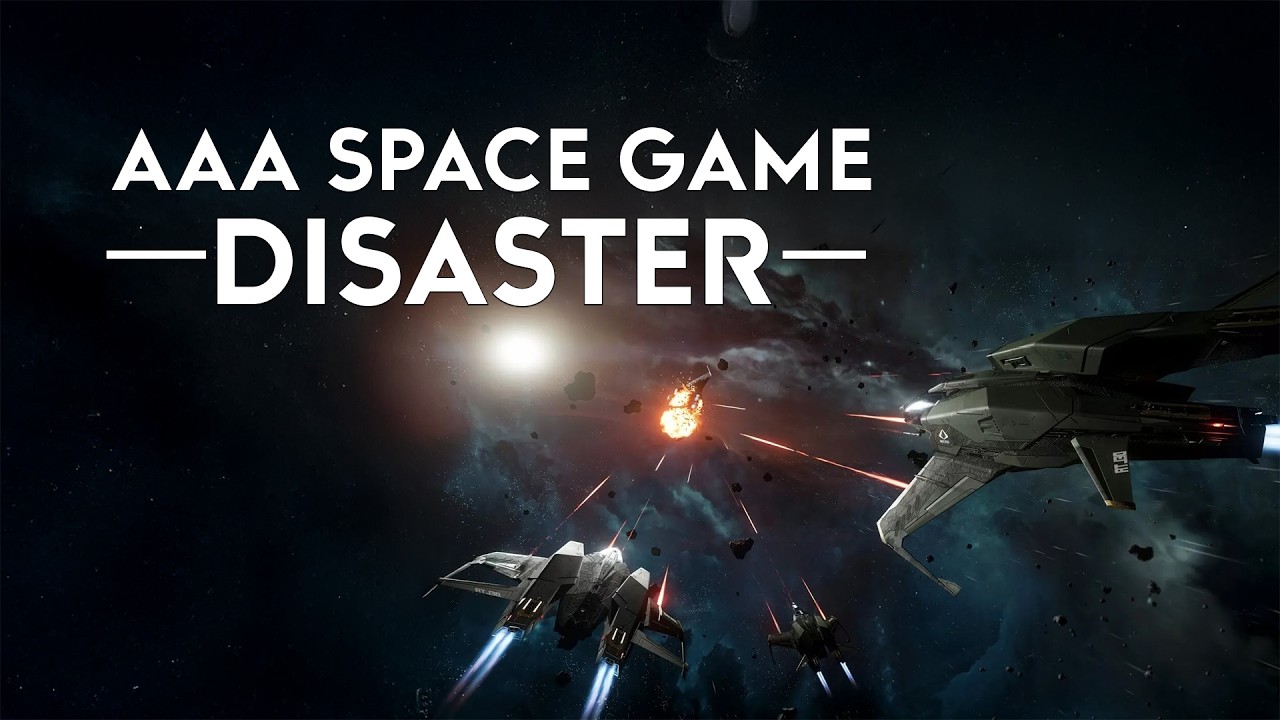The video examines the challenges faced by AAA space games, such as Star Citizen and Starfield, which have struggled with development issues and player retention despite large budgets, while highlighting the success of indie titles like No Man’s Sky and Everspace 2 that prioritize creativity and player engagement. It suggests that AAA developers should learn from indie studios by focusing on meaningful storytelling and immersive experiences, rather than relying on high budgets and established franchises.
The video discusses the current state of AAA space games, focusing on the challenges they face compared to the rising success of indie titles. It highlights the ambitious promises made by games like Star Citizen, which raised over $750 million but has been plagued by delays and development issues. In contrast, No Man’s Sky, initially criticized for its launch, has made a remarkable comeback through continuous updates and improvements, demonstrating that resilience and innovation can triumph over corporate missteps.
The early 2010s marked a golden age for space games, with titles like Elite Dangerous captivating players with their expansive worlds. However, as ambition outpaced execution, both Elite Dangerous and Star Citizen faced significant setbacks. Elite Dangerous’ Odyssey expansion was criticized for bugs and performance issues, leading to a sharp decline in player engagement. Meanwhile, Star Citizen’s ongoing development struggles have led to skepticism within the gaming community regarding the viability of AAA space games.
The video also critiques the recent release of Bethesda’s Starfield, which, despite its massive budget, was criticized for repetitive gameplay and lack of depth. The game’s reliance on procedurally generated planets failed to deliver the immersive experience players expected, resulting in a sharp drop in player retention compared to older titles like Skyrim. Similarly, Ubisoft’s Star Wars Outlaws underperformed, further questioning the effectiveness of AAA titles in the space genre.
The discussion emphasizes that high budgets do not guarantee success and that established intellectual properties, such as Star Wars, can also fail to resonate with audiences. Players are increasingly turning to indie games that prioritize creativity and player engagement over monetization and empty content. Titles like No Man’s Sky and Everspace 2 are highlighted as examples of indie games that have successfully captured player interest through innovative gameplay and community-driven development.
Looking ahead, the video suggests that AAA game developers need to learn from the successes of indie studios by focusing on meaningful storytelling, immersive experiences, and avoiding exploitative monetization practices. The potential for technological advancements, such as the integration of generative AI with procedural generation, could also enhance the variety and detail in future space games. Ultimately, the future of the genre may hinge on a shift towards creativity and player satisfaction rather than the pursuit of massive budgets and recognized franchises.
